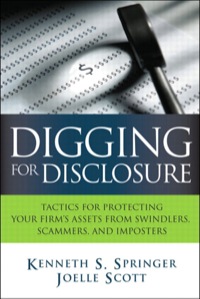Question
You are the CFO of The Imaginary Products Co. The company provides the following information about its capital structure: Debt: The firm has 300,000 bonds
You are the CFO of The Imaginary Products Co. The company provides the following information about its capital structure: Debt: The firm has 300,000 bonds outstanding with a par value of $1,000, pays 9.2 percent interest (semi-annual coupon payments), have a maturity of 20 years and have a quoted priceof 117.55 percent of par value. Preferred Shares: The firm also has an issue of 2.5 million preferred shares outstanding with a market price of $18.00 per share. The preferred shares pay an annual dividend of 3.6 percent on the par value of $75.00. Common Stock: The company also has 14 million shares of common stock outstanding with a price of $23.00 per share. The firm is expected to pay a $2.40 common dividend one year from today, and that dividend is expected to increase by 6 percent per year forever. The firm is considering a three-year expansion project (same operations as the existing projects of the firm) that requires a purchase of a machine of $260,000. There will be an increase in inventory of $200,000, in accounts receivable of $80,000, and accounts payable of $60,000 at time 0 that will be released when the project is completed. The machine will be depreciated to 0 over 5 years using straight-line method. The project is expected to generate nominal Earnings Before Interest, Taxes, Depreciation, and Amortization (EBITDA) of $90,000 next year (time 1). Assume inflation is 5 percent a year. At the end of the project (year 3), the machine can be sold for $100,000 (nominal value). The firms tax rate is 22 percent. Find the cost of common equity? Solve for the preferred stock Solve for the before-tax and after-tax cost of debt Calculate the weights of equity, debt, and preferred stock. What is the firms weighted average cost of capital? (assume this is a nominal rate)
What is the net cash flow at time 0? What is the annual depreciation?
What is the annual nominal cash flow from operations in years 1, 2, and 3 (Hint: Incorporate the impact of inflation in EBITDA in years 2 and 3)? Compute the after-tax salvage value in year 3? What is the terminal cash flow in year 3? What are the free cash flow or net cash flow in years 0, 1, 2, and 3?
Step by Step Solution
There are 3 Steps involved in it
Step: 1

Get Instant Access to Expert-Tailored Solutions
See step-by-step solutions with expert insights and AI powered tools for academic success
Step: 2

Step: 3

Ace Your Homework with AI
Get the answers you need in no time with our AI-driven, step-by-step assistance
Get Started


